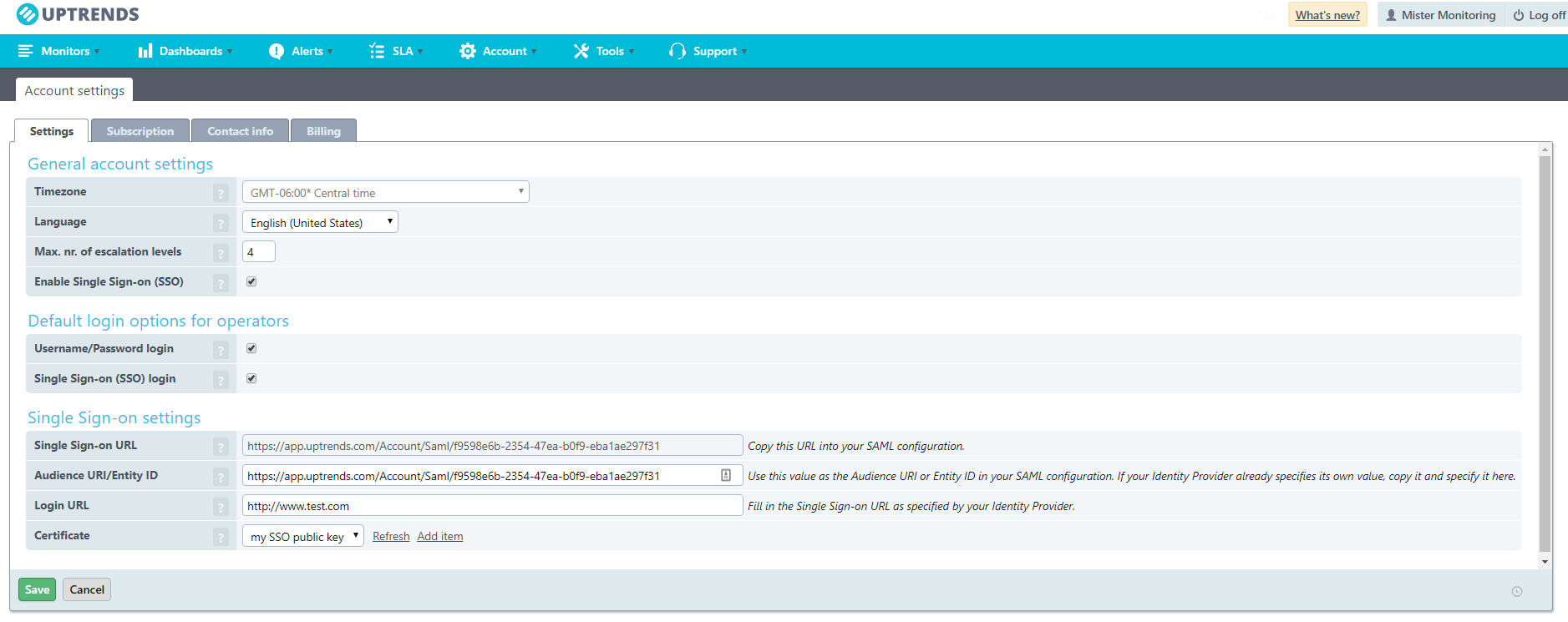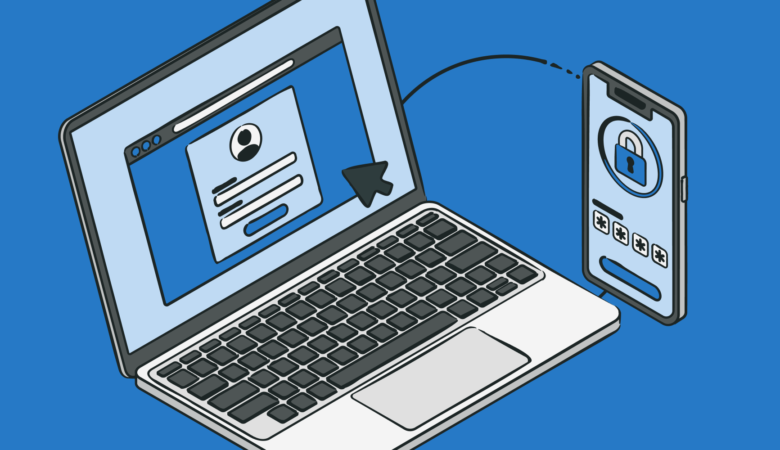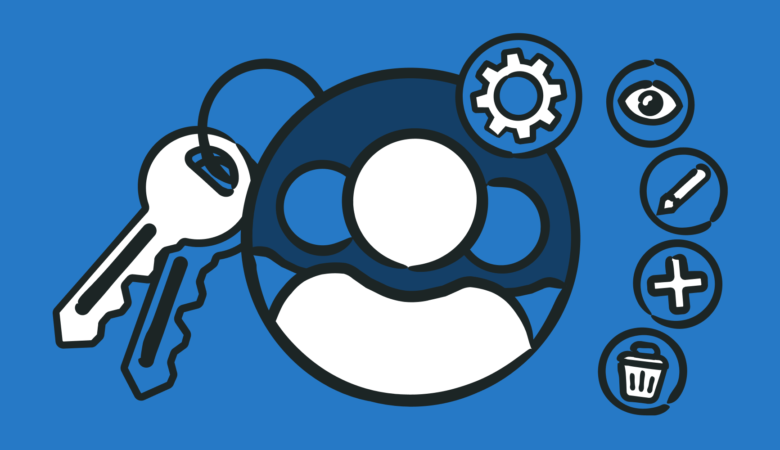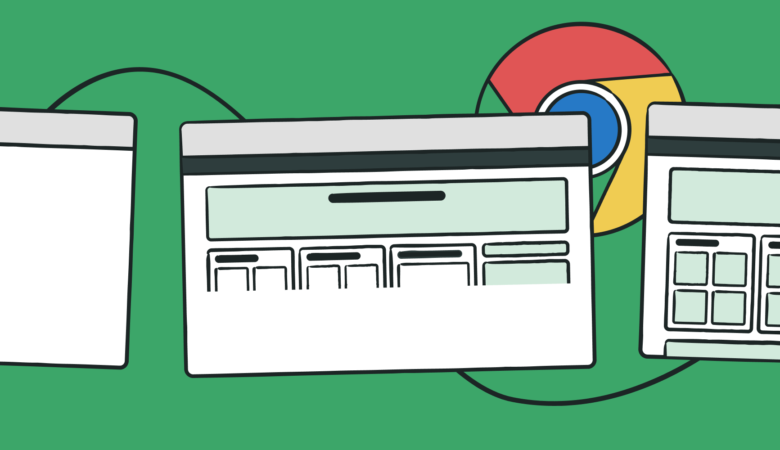We’ve added a new feature we think you’ll want to hear about—Single Sign-on. Uptrends is now compatible with Single Sign-on. Single Sign-on (SSO) is a great way to easily manage user accounts, improve productivity, and improve security, and now you can use SSO with Uptrends.
What is Single Sign-on?
Single Sign-on isn’t an Uptrends product; it’s a type of software that communicates with Uptrends to provide ease of access to your operators when logging in to the Uptrends application and all of their other applications as well. SSO operates between a provider and a service like Uptrends managing the user authentication process. An SSO provider may be a third-party service, or you may maintain your own enterprise SSO solution. Many different companies offer SSO solutions such as:
- Azure Active Directory
- Active Directory Federation Services
- Okta
- OneLogin
- SecureAuth
- Duo Access Gateway
You’ll find many more SSO solutions, but any SSO provider that supports the SAML protocol for Single Sign-on should work with your Uptrends account. If you find one that doesn’t, let us know.
The various SSO solutions work differently, but ultimately they provide the same result—fast, seamless application access to the users and a means to control user access for network administrators. Some SSO solutions use the user’s network credentials so that a user only needs to log in to the network from any computer and they have instant access to everything they need. Others require the user to log in to a separate SSO portal. Once logged onto the portal, the user can quickly access their authorized applications with no additional logins required. Single Sign-on creates a seamless environment where users log in to remote and cloud-based applications without needing to enter login IDs or passwords just like they do with applications native to their device.
Single Sign-on uses security certificates exchanged between the SSO provider and the application. The certificate tells the application that this is an authorized user, and the application grants the access. This removes the user from the authentication process making logging in to applications faster and more secure.
Who needs Single Sign-on?
If you are managing a large number of users, applications, or both, Single Sign-on can help you manage your users, improve user productivity, and add another layer of security.
User management
As your company grows, people come, people go, and people change positions within the company. With the constant corporate changes, the users needing access to different apps like Uptrends changes too. With the number of users needing access to various applications, managing who can use what application gets complicated, and before long you may find yourself not sure who is accessing what applications. Having a single point of control allows you to see and manage your users’ accounts and their access to the many different applications they use every day, and now you can also control access to Uptrends using those same Single Sign-on tools.
User productivity
From a user management perspective, not only is it easy to lose track of users, imagine all of those users trying to remember multiple login credentials. To manage the number of different logins, employees may use an app, they may use sticky notes left for anyone to find (reports say this is a problem affecting 65% of organizations), they may use the same ID and password for every app (huge security risk), or they may rely on the browser to keep track. Every time a user forgets a password, they have to go through the process of requesting a password reset. Time lost to managing logins brings down production rates. That is where Single Sign-on comes in. With Single Sign-on, users sign in to their network or a third-party SSO provider and have instant access to everything they need to do their jobs. Employees don’t need to know or maintain any login credentials other than the one.
Security
You gain some security bonuses using Single Sign-on:
Reduce Phishing attack risk
A few years ago, hackers gained access to the Sony Corporation’s network through a phishing attack (get the story). Attackers sent emails to Sony employees asking them to verify their Apple IDs by giving them a link to a phony website. In hopes that employees reused personal passwords for company passwords, the hackers then used the information they gained from the phishing email along with profile information from LinkedIn to figure out network passwords. A company can reduce the risk of phishing emails by using Single Sign-on. Single Sign-on improves security by making users less vulnerable to phishing attacks because the user doesn’t need to know any passwords beyond their network password or SSO solution password; you can’t log on to a bogus site when you don’t know your credentials. Users will not leave notes and unsecured files lying around with their login information for anyone to find, they won’t rely on applications and browsers with questionable security, and they won’t re-use personal passwords for corporate logins. Single Sign-on and strictly enforced network password policies can greatly reduce the chances of hackers gaining access to your network or other critical applications through phishing attacks.
Terminated, ex-employees, and department transferees still having access
When employees quit, get terminated, or transfer to other departments, their access to the network and cloud-based applications need cut off as well, but frequently these accounts go forgotten and remain open. Esther Schindler and Yadin Porter de León reported that over 24% of ex-employees responding to their survey said they still had access to the network for a week or longer after a corporate downsizing event, and some of those employees also reported that they gained access using a co-worker’s credentials. Single Sign-on gives you one location to manage and terminate a user’s access. You will reduce the chances of forgetting about logins using SSO, and SSO also prevents the sharing (or stealing) of credentials among staff since the employees don’t know their passwords to the accounts maintained by the SSO provider.
Using Single Sign-on with Uptrends
Single Sign-on with Uptrends works the same way as for the other applications you are currently using with SSO. You do need to enable Single Sign-on in your Uptrends account and set up your operator accounts to use SSO. You also need to set up the Uptrends application with your SSO provider. We’ve got detailed information about setting up the SSO feature in our Knowledge Base. Single Sign-on is a feature for Uptrends’ Enterprise plans. If you don’t have an Enterprise plan, speak with your monitoring consultant about an upgrade. If you’re a current Enterprise subscriber and have an SSO provider, what are you waiting for? The setup is simple, and Uptrends will allow you to use Single Sign-on while still supporting the traditional login while you make the transition.






Leave a Reply